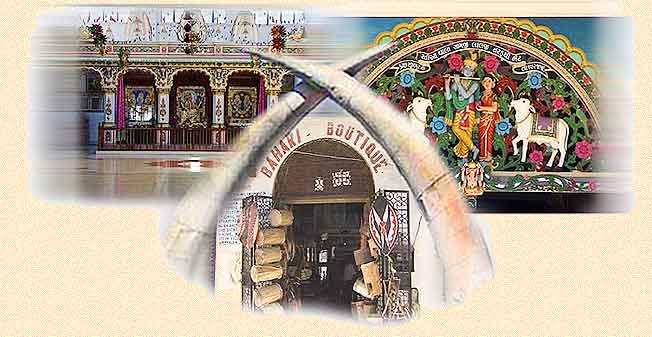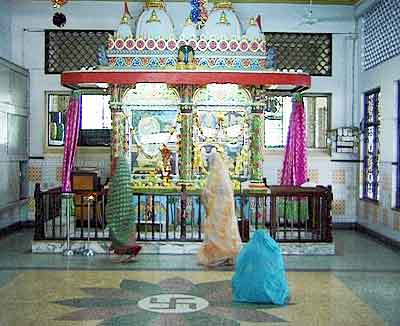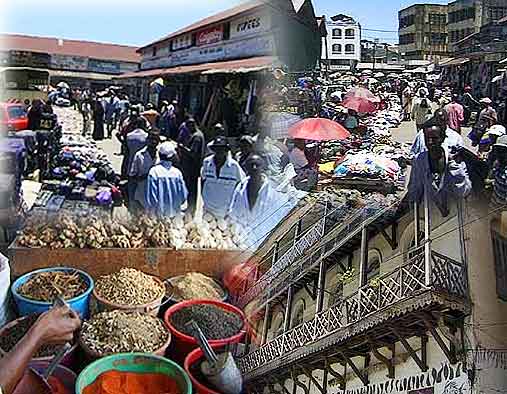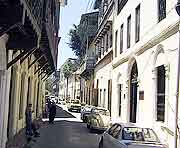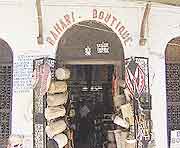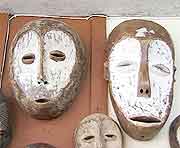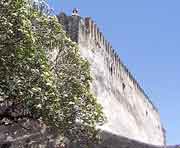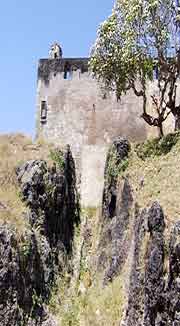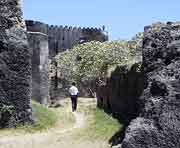|
Fort
Jesus, located on the edge of a coral ridge overlooking the entrance to
the Old Port of Mombasa, was built by the Portuguese in 1593 to protect
their trade route to India and their interests in East Africa. Designed
by an Italian architect, Jao Batisto Cairato, the Fort was his last
assignment as Chief Architect for Portuguese possessions in the East,
and was the 'crown jewel' of his career; the Fort is today hailed as one
of the best examples of 16th century Portuguese military architecture.
Throughout
its tumultuous history, the Fort changed hands no less than nine times
between the Portuguese and Omani Arabs. When Kenya was made a British
Colony, the British government used the Fort as a prison; this was the
case until 1958, when the government declared Fort Jesus an historical
monument under the National Parks, and later under the NMK. Excavation
work was carried out between 1958 and 1962, when the Fort opened its
doors to the public as a museum.
Today
Fort Jesus is a popular destination for foreign and local tourists,
researchers, and students. It receives hundreds of thousands of visitors
a year, who come to see not only the impressive fort, but the small
exhibit gallery which holds finds from archaeological excavations along
the coast, and within the Fort itself, as well as a new exhibit
depicting the culture and history of the coast and its peoples. Also on
display are artefacts excavated from the underwater shipwreck of the San
Antonia de Tana which sank in Mombasa harbour off Fort Jesus in 1697.
Fort
Jesus Museum is also important as it is host to numerous active research
programmes, a Conservation Lab, an Education department, and an Old Town
Conservation Office. There is also a museum gift shop and cafeteria, and
guided tours of the Fort are available.
The
Portuguese built Fort Jesus in 1593. The site chosen was a coral ridge
at the entrance to the harbour. The Fort was designed by an Italian
Architect and Engineer, Joao, Batista Cairato.
The
earliest known plan of the Fort is in a manuscript Atlas by Manuel
Godinho de Heredia - dated 1610 which shows the original layout of the
buildings inside the Fort.
Fort
Jesus was built to secure the safety of Portuguese living on the East
Coast of Africa. It has had a long history of hostilities of the
interested parties that used to live in Mombasa. Perhaps no Fort in
Africa has experienced such turbulence as Fort Jesus.
Oman
Arabs attacked the Fort from 1696 to 1698. The state of the Fort can be
understood from the plan of Rezende of 1636 and other plans by Don
Alvaro’ Marquis of Cienfuegas and Jose’ Lopes de Sa- made during the
brief reoccupation by the Portuguese in 1728 - 1729. In the Cienfuegas
plan, the names of the bastions are changed.
Between
1837 - 1895, the Fort was used as a barracks for the soldiers.
When
the British protectorate was proclaimed on the 1st of July 1895, the
Fort was converted into a prison. The huts were removed and cells were
built.
On
the 24th October 1958, Fort Jesus was declared a National Park in the
custody of the Trustees of the Kenya National Parks. Excavation was
carried out and the Fort became a Museum in 1962.
The
Fort is now an important historical landmark in the East African region.
The
Fort Jesus museum was built with a grant from the Gulbenkian Foundation.
The exhibits consist of finds from archaeological excavations at Fort
Jesus, Gedi, Manda, Ungwana and other sites. Also objects are on display
and were presented by their owners notably Mrs. J.C. White, Mr. C.E.
Whitton and Mrs. W.S. Marchant.
The
Fort has lived through the years of hostilities and a hush climate and
is structurally well - maintained.
|
